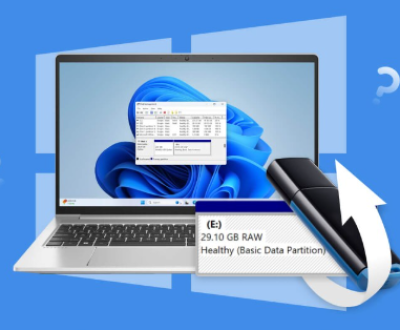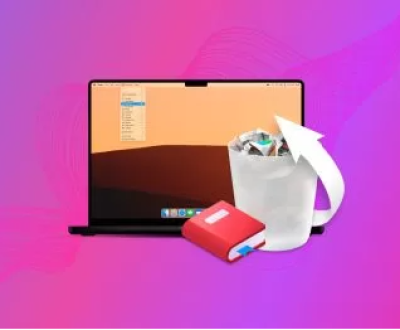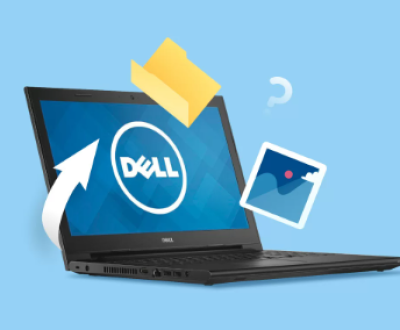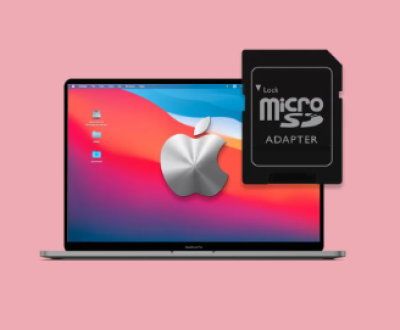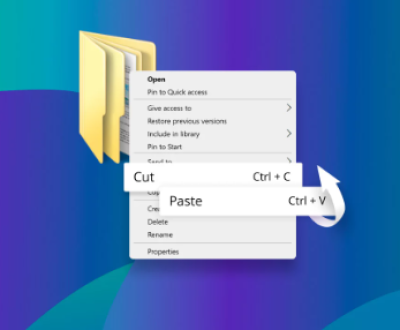If you’ve found yourself in this situation, don’t panic with the right tools and methods, there’s a good chance you can restore your lost photos.
When you format an SD card, the system erases the file structure that organizes your data. While the photos themselves are not immediately deleted, the storage space they occupy is marked as available for new data. Until new files overwrite the old data, recovery is usually possible.
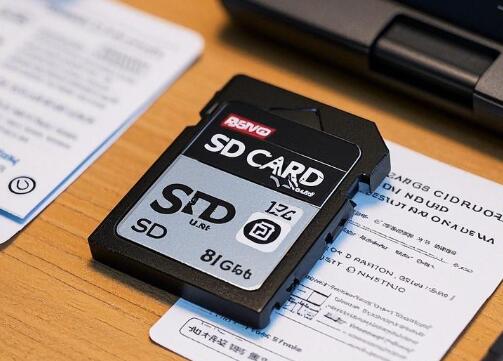
There are two primary types of formatting:
Quick Format: Deletes the file directory but leaves the actual data intact until overwritten.
Full Format: Erases data more thoroughly and makes recovery more challenging but still feasible with specialized tools.
Precautions Before Attempting Recovery
Stop Using the SD Card: To avoid overwriting data, immediately stop using the SD card once you realize it’s been formatted.
Do Not Attempt to Reformat: Reformatting the card again reduces the likelihood of successful recovery.
Protect the Card: Remove the card from the device and store it safely to prevent further damage.
Step-by-Step Guide to Restoring Photos
1. Choose the Right Recovery Software
Panda Assistant is a powerful tool designed to help users recover lost or deleted photos from a variety of storage devices, including SD cards. If you’ve accidentally formatted your SD card and lost important photos, Panda Assistant can be a lifesaver. Here’s how it can help you restore your photos:
Install Panda Assistant: First, download and install Panda Assistant on your computer. It’s available for both Windows and Mac, so make sure you choose the version that fits your system.
Connect Your SD Card: After installing the software, connect the formatted SD card to your computer using an SD card reader. Make sure the card is detected by your system before proceeding.
Launch Panda Assistant: Open the software and select the option to recover lost or deleted files. Panda Assistant will automatically detect all connected storage devices, including your SD card.
Select the SD Card: From the list of available drives, choose your SD card. Panda Assistant will scan the card for recoverable files.
Scan for Deleted Files: Click the “Scan” button to start the scanning process. The software will thoroughly search your SD card for any recoverable files, including photos, videos, documents, and more.
Preview the Photos: Once the scan is complete, Panda Assistant will display all the recoverable files it found. You can preview the images before proceeding with the recovery. This helps ensure you’re recovering the right photos.
Restore the Photos: Select the photos you want to recover and click the “Recover” button. Make sure to save the recovered files to a different location (not the same SD card) to avoid overwriting any remaining data.
Finish the Process: After the recovery is complete, you can check the destination folder to confirm your photos have been restored. If needed, you can also repeat the process to recover any other files that may have been missed.
2. Prepare for Recovery
Connect the SD card to your computer using an SD card reader.
Ensure the system recognizes the card before proceeding.
Install and launch your chosen recovery software.
3. Scan the SD Card
Select the SD card from the available drives in the recovery tool.
Choose the scan mode:
Quick Scan for recently deleted files.
Deep Scan for thoroughly formatted or corrupted cards.
Begin the scanning process and wait while the software locates recoverable files.
4. Review and Restore Files
Preview the recovered photos to verify their integrity.
Select the images you wish to restore.
Save the recovered files to a different storage location—not the SD card.
Alternative Methods for Photo Recovery
Using Built-in Tools
Some cameras and devices have internal recovery options. Check the settings or menu for a “Recover Files” feature.
Utilizing Backup Solutions
If you regularly back up data using cloud services (e.g., Google Photos, iCloud) or external storage, check these repositories for your missing images.
Consulting Professional Data Recovery Services
If DIY software fails, professional data recovery services specialize in retrieving data from damaged or formatted SD cards. Companies such as DriveSavers and Ontrack offer expert recovery solutions.
Preventing Future Data Loss
Regular Backups: Always back up your SD card data to a computer or cloud storage.
Handle Cards Carefully: Avoid physical damage and improper ejection.
Use Reliable SD Cards: Invest in high-quality SD cards from reputable manufacturers.
Monitor Card Health: Regularly check for errors and replace aging cards.
Accidentally formatting an SD card doesn’t mean your precious photos are gone forever. By acting quickly and following the right procedures, you can successfully recover lost images. With reliable recovery software or professional assistance, your cherished memories can be restored and safeguarded for the future. Remember, the key to preventing data loss lies in regular backups and careful handling of your storage devices.
About us and this blog
Panda Assistant is built on the latest data recovery algorithms, ensuring that no file is too damaged, too lost, or too corrupted to be recovered.
Request a free quote
We believe that data recovery shouldn’t be a daunting task. That’s why we’ve designed Panda Assistant to be as easy to use as it is powerful. With a few clicks, you can initiate a scan, preview recoverable files, and restore your data all within a matter of minutes.
Subscribe to our newsletter!
More from our blog
See all postsRecent Posts
- Retrieve files from usb 2025-07-04
- How to retrieve overwritten excel file 2025-07-04
- How to retrieve lost files on sd card 2025-07-04

 Try lt Free
Try lt Free Recovery success rate of up to
Recovery success rate of up to

